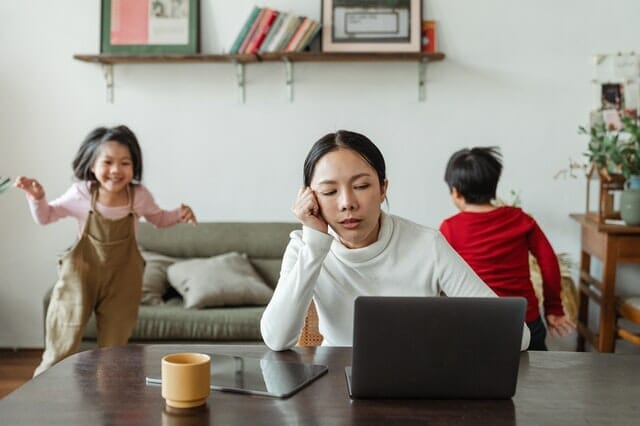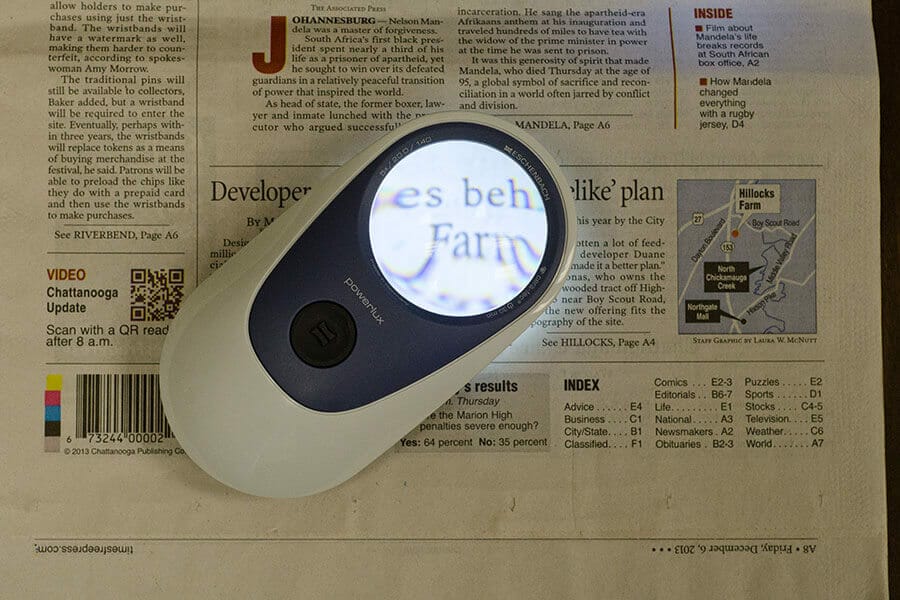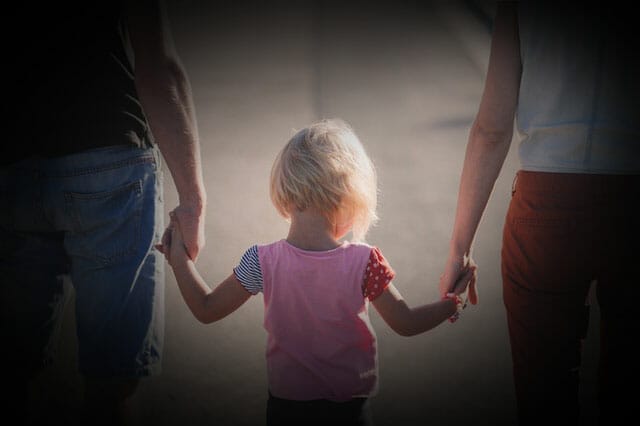How can a low vision optometrist help?
There are steps you can take to maximize your remaining visual function and enjoy your life to the fullest after vision loss.
Driving with stargardt’s disease
A large number of Americans are at risk of losing their ability to drive due to eye conditions, like macular degeneration and stargardt's disease, which can cause them to lose their license. Having such conditions can have a profound impact on mobility, employment, and independence.
While each state has its own laws, in most states, someone with vision loss can drive with the aid of bioptic telescope glasses or other devices that improve their vision.
A bioptic telescope consists of a pair of glasses with a telescope attached above your normal line of sight. These can be attached to your regular eyeglasses and can be used either for one or both of your eyes. Bioptic lenses magnify images just like binoculars and help you see things better. Using these lenses allows you to see things that are much further away, which is one of their main benefits.
Enhancing contrast and reducing glare
One of the ways that a low vision optometrist will help a patient with Stargardt’s is through the reduction of glare and the improvement of contrast. This can be done through the use of colored tints which filter out certain wavelengths of light or through the use of digital devices such as handheld or tabletop CCTV’s.
The following tints are effective at reducing glare and increasing contrast for low vision patients:
- Amber tints in light, medium, and dark shades are effective at reducing glare and increasing contrast.
- Light, medium and dark Infrared-blocking Amber colored tints significantly increase contrast and reduce glare.
- An orange tint significantly increases contrast and reduces glare on overcast days, making it a good overcast filter
Sunglasses and UV protection
The bright light sensitivity associated with Stargardt disease can be reduced by wearing sunglasses. Sunglasses can also protect your retina from UV rays that cause retina damage. It is not recommended to take more vitamin A than the daily recommended amount.
Smoking
Don't smoke and stay away from passive smoking. There is some evidence that this may slow down the progression of Stargardt disease.
















